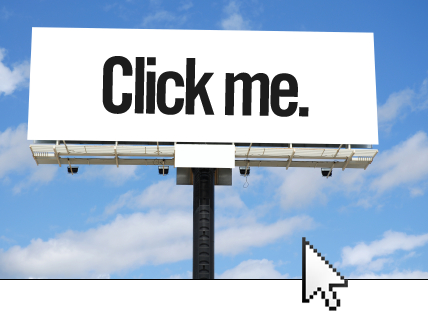The Future of the Internet
Upon my seven year old nephew pulling out his mother’s
smartphone this past Thanksgiving, I heard the remark from my brother, “When I
was a kid, we had one computer in the whole school and everyone had to take
turns on it.”
Some are too young to remember the computer at school with
the built-in mouse on the keyboard or manually loading your video games onto
the very exciting and stylish Commodore 64, but in actuality this happened not
too long ago. Especially when taking into account the internet’s relatively
short lifespan of forty years. The advancements that have since been occurring
have met and exceeded even the wildest of imaginations from the early days. So
what is in store for the future?
The Cloud
You probably use the cloud in some form or another daily. Take for example uploading pictures to facebook so that they can be accessed from home, when on vacation or from your phone. Here is a video that explains the basics:
What does this mean for the future? Cloud computing is
expected to make its biggest impact in the business sector. By bypassing the
use of a server and minimizing IT services, cloud computing allows businesses
to pay for the amount of information storage or software needed in a “pay-as-you-go”
fashion thereby maximizing return on investment. The adoption of the cloud is
gaining in popularity at a steady rate.
Click here for more info: http://gigaom.com/cloud/the-tale-of-two-clouds-what-is-the-future-of-cloud-adoption-in-it/
Interactive Advertisements
According to Dr. Vinton G. Cerf , VP and chief
internet evangelist for Google, a more interactive and consumer-friendly mode
of advertising is the wave of the future. He gives the example of watching a
movie on your big screen television. Imagine a scene where the actor is sitting
at a table with an Apple laptop on it. Now imagining pointing and clicking on the Apple laptop using your remote control which
then brings up a menu that provides information about the laptop, how much it
costs, and where the nearest store is located to your proximity and even if you
would like to purchase it right at that moment.
This idea applies a more consumer friendly mode of
advertising. It gives consumers the ability to access the information when they
need it by way of the web, instead of being bombarded with advertisements that
you do not necessarily want to see. This could be applied to other means of
advertising as well. Another example would be billboards that have the
technology to interact with your smartphone for a more personalized experience.









